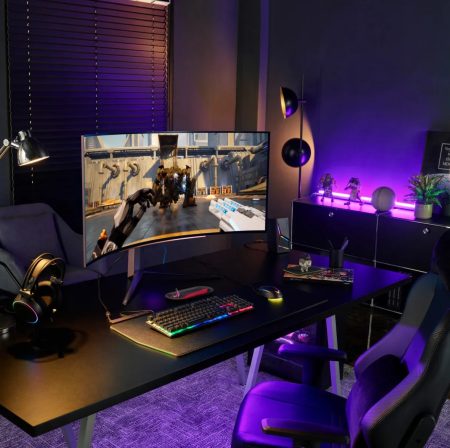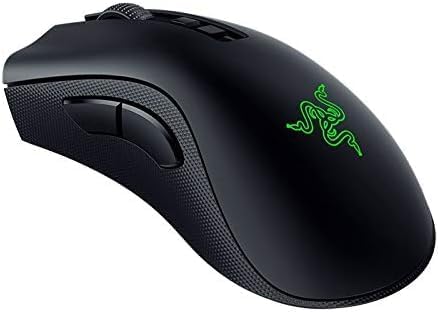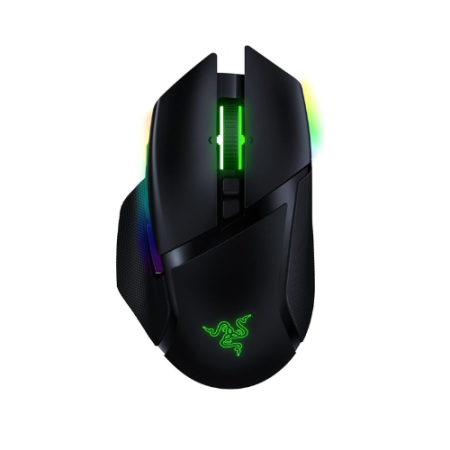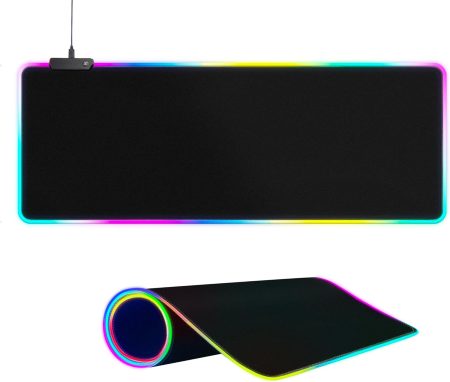CPUs take a beating when they emit heat excessively without any monitoring. Typically, one shouldn’t be on edge when using standard PCs. But if you burden your PC with a great workload continuously and notice it getting hotter than usual, you have the right to be worried.
The temperature can vary depending on the model of your CPU. But one thing is sure; the CPU will permanently get damaged when they reach a certain temperature. The temperature range depends on the usage, setup, and the computer’s cooling system.
On average, the usual idle CPU temperature ranges from 30 to 40 degrees Celsius. However, some things can spike it up to 80 to 80 degrees Celsius. This guide will discuss the ideal CPU temp and how to control your PC temperature.
What Is the Right CPU Temperature for an Idle PC?

Computers perform best when they are at an optimal temp. When your PC is idle you do not have to worry about its temperature going up. It’s going to remain steady until you use it. The CPU temperature varies from brand to brand, but it’s safe to say that temperatures that measure 22 to 44 degrees Celsius are average CPU temperatures.
If your system temperature averages 80 degrees Celsius or 176 degrees Fahrenheit, it’s likely to get damaged over time. Worse off if it averages above 90 degrees at a given time. Consider reducing the workload and improving the cooling unit to lower the temp of the CPU.
If the temperature increases while the system is idle or constantly hits 90 degrees while working, you need to have it checked out. The PC probably has a cooling problem and would be good as new once fixed.
Thankfully, most systems incorporate a feature that shuts your PC down when they become too hot. The system kickstarts thermal throttling to reduce the temperature. Another thing of note is that your environment contributes immensely to CPU temperature. So if you’re in a hot zone, the CPUs temperature is likely to go up.
What Happens When the CPU Temperature Skyrockets?
When your CPU temperature skyrockets, it can cause irreparable damage to the CPU if left unchecked. Most computers have inbuilt safety protocols they observe in situations like this called thermal shutdown.
The BIOS is the major component that controls the thermal shutdown. It reads the sensors that measure PC temperature and takes suitable action. Usually, the PC will notify you about the imminent automatic shutdown through a popup notification.
But it’s dependent on your unit of choice. Give it time to cool off and get its bearing. Wait for at least 15 minutes for the PC to cool down. In some cases, the shutdown will persist once the laptop turns on. If that’s the case, you should consider having it checked out.
Tips on How to Control CPU Temperature
If your CPU temperature is on the rise, use the following tips to get it back to normal.
Dust the PC Fan
Dust piles up in the fan with time as the PC operates, making it difficult for them to spin correctly. As such, it causes the CPU temperature to go up. Therefore, get a can of compressed air and blow out the dust from the fan. Keep the can upright while spraying for optimal use.
Consider dusting the fan in an open space to avoid spreading dust all over your room. While doing so, check the fan position to ensure it’s at the correct position. If the fan’s arrangement is wrong, it will trap heat inside, causing the CPU temperature to increase.
The fan at the front or side is built to suck in air from the room, while the back fans act as exhaust ports, pushing hot air out of the CPU.

Reapply the Thermal Paste
A thin layer of thermal paste controls heat off the CPU and is between the heat sink and heating surface. If you apply the paste correctly, it works wonders in dissipating heat generated by the CPU.
If your PC is old, you need to check the condition of the thermal paste to know if it needs changing. The paste dries up with time, ruining its ability to ward off heat. Open the case and wipe the original thermal paste with a microfiber cloth dipped with 90+ percent isopropyl alcohol.
Remove the cooler for this process, turn off your system, and unplug it from its power source. Apply the thermal paste in an X-shape before placing the CPU cooler back.
Boost Your Fan Speed
You can speed up your computer fan to circulate air around the CPU unit. Your computer fan runs at a programmed speed, which might not be enough for your work with time. The more the fan spins, the faster it circulates air in and out of the case.
Use software controls to speed up the fan if attached to the motherboard. If it’s attached to the power supply, use a hardware fan control to push the speed limit.
Improve the Cable Layout
Managing your cable layout is another way to reduce CPU temperature. It’s not hard to organize them, and having a clean layout helps with ventilation and reduces clutter. Badly laid-out cables will impede the airflow in your PC, thereby increasing the PC temperature.
Take time to eliminate unnecessary cables and route them neatly along the case. Avoid crisscrossing cables, or you can keep them together without being in the way of other hardware. Not only will your PC look fantastic, but it will also run at a constant temperature.
Conclusion
Your PC’s temperature will not increase if you leave it idle. It will run at a normal temperature till you load it with work. Regardless, monitor your PC temperature to prevent overheating of the CPU.
Many factors can cause your CPUs temperature to rise, like dust, dried-up thermal paste, etc. Therefore, ensure to dust your PC occasionally and ward off dust accumulation on the fan.














